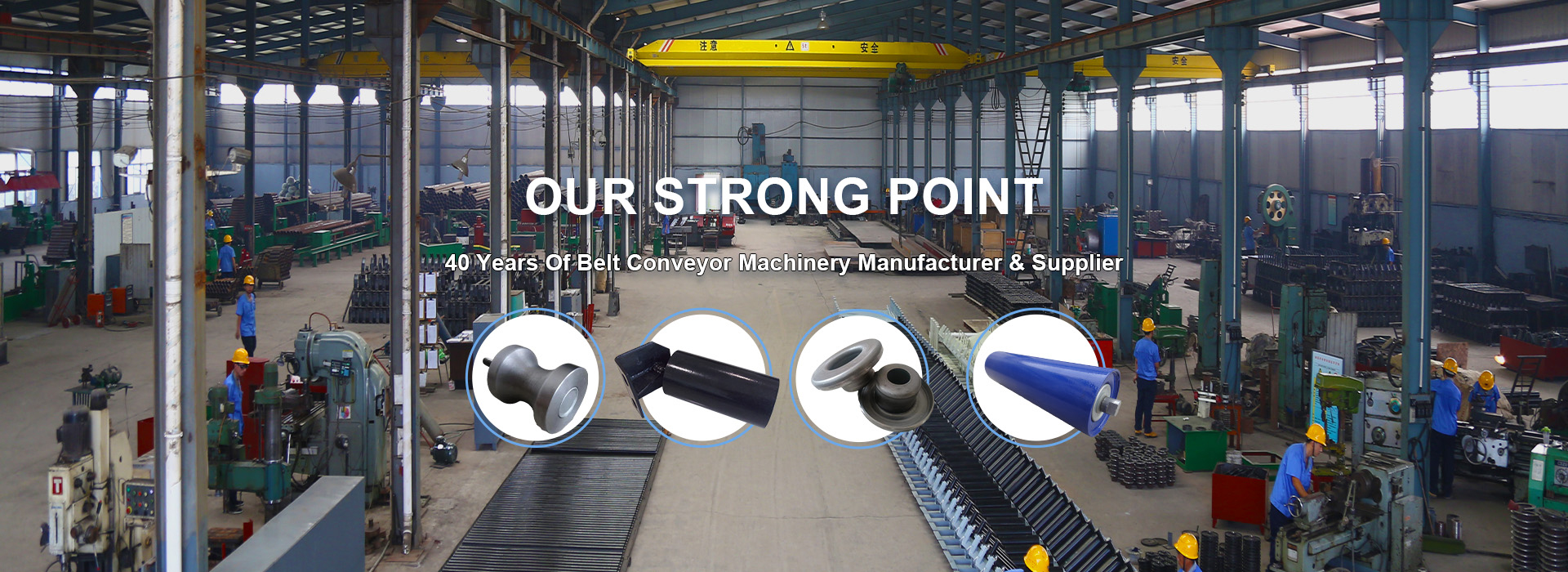 Afrikaans
Afrikaans  Albanian
Albanian  Amharic
Amharic  Arabic
Arabic  Armenian
Armenian  Azerbaijani
Azerbaijani  Basque
Basque  Belarusian
Belarusian  Bengali
Bengali  Bosnian
Bosnian  Bulgarian
Bulgarian  Catalan
Catalan  Cebuano
Cebuano  Corsican
Corsican  Croatian
Croatian  Czech
Czech  Danish
Danish  Dutch
Dutch  English
English  Esperanto
Esperanto  Estonian
Estonian  Finnish
Finnish  French
French  Frisian
Frisian  Galician
Galician  Georgian
Georgian  German
German  Greek
Greek  Gujarati
Gujarati  Haitian Creole
Haitian Creole  hausa
hausa  hawaiian
hawaiian  Hebrew
Hebrew  Hindi
Hindi  Miao
Miao  Hungarian
Hungarian  Icelandic
Icelandic  igbo
igbo  Indonesian
Indonesian  irish
irish  Italian
Italian  Japanese
Japanese  Javanese
Javanese  Kannada
Kannada  kazakh
kazakh  Khmer
Khmer  Rwandese
Rwandese  Korean
Korean  Kurdish
Kurdish  Kyrgyz
Kyrgyz  Lao
Lao  Latin
Latin  Latvian
Latvian  Lithuanian
Lithuanian  Luxembourgish
Luxembourgish  Macedonian
Macedonian  Malgashi
Malgashi  Malay
Malay  Malayalam
Malayalam  Maltese
Maltese  Maori
Maori  Marathi
Marathi  Mongolian
Mongolian  Myanmar
Myanmar  Nepali
Nepali  Norwegian
Norwegian  Norwegian
Norwegian  Occitan
Occitan  Pashto
Pashto  Persian
Persian  Polish
Polish  Portuguese
Portuguese  Punjabi
Punjabi  Romanian
Romanian  Russian
Russian  Samoan
Samoan  Scottish Gaelic
Scottish Gaelic  Serbian
Serbian  Sesotho
Sesotho  Shona
Shona  Sindhi
Sindhi  Sinhala
Sinhala  Slovak
Slovak  Slovenian
Slovenian  Somali
Somali  Spanish
Spanish  Sundanese
Sundanese  Swahili
Swahili  Swedish
Swedish  Tagalog
Tagalog  Tajik
Tajik  Tamil
Tamil  Tatar
Tatar  Telugu
Telugu  Thai
Thai  Turkish
Turkish  Turkmen
Turkmen  Ukrainian
Ukrainian  Urdu
Urdu  Uighur
Uighur  Uzbek
Uzbek  Vietnamese
Vietnamese  Welsh
Welsh  Bantu
Bantu  Yiddish
Yiddish  Yoruba
Yoruba  Zulu
Zulu Key Elements of a Belt Conveyor System Explained
Components of Belt Conveyor System
Belt conveyors are widely used across various industries for transporting materials over short and long distances. They play a crucial role in streamlining processes, enhancing efficiency, and improving safety in material handling. Understanding the components of a belt conveyor system is essential for effective operation and maintenance. Here, we delve into the key components of a belt conveyor system and their functions.
1. Belt
The belt is the most critical component of the conveyor system. It is the medium through which materials are transported. Conveyor belts are made from various materials such as rubber, fabric, or steel, depending on the application and the type of materials being conveyed. The choice of belt material affects the durability, flexibility, and load-bearing capacity of the conveyor system. For instance, rubber belts are typically used for standard loads, while steel belts are employed for heavy-duty applications.
2. Pulleys
Pulleys are essential for the functioning of a belt conveyor system. They consist of a driven pulley and a tail pulley, which are used to support and drive the belt. The driven pulley is powered by a motor, allowing the belt to move. The tail pulley helps in providing tension to keep the belt taut. Moreover, pulleys can be either plain or crowned, where crowned pulleys aid in keeping the belt centered on the pulley system.
3. Idlers
.
Idlers are rollers that support the belt and material being transported. They are positioned along the length of the conveyor to minimize friction and wear on the belt. Idlers come in various designs, such as flat, trough, or impact idlers, each serving specific purposes. For example, trough idlers help to contain the material being transported, while impact idlers absorb shocks during loading, protecting the belt from damage.
4. Frame
components of belt conveyor system

The frame is the structural backbone of the belt conveyor system. It provides support and stability to the entire conveyor assembly. Typically made from steel or aluminum, frames can be designed in various configurations to suit different layouts and operational requirements. The rigidity and strength of the frame are crucial for ensuring that the conveyor system can handle static and dynamic loads without deforming.
5. Drive System
The drive system is responsible for the movement of the belt. It usually consists of an electric motor, gearbox, and drive pulley. The motor generates the necessary power to turn the pulley, which in turn moves the belt. Selecting the right motor and drive configuration is vital for optimizing conveyor performance and efficiency, as it must satisfy the load requirements and operational speed.
6. Control System
A modern belt conveyor system often includes an integrated control system for automation and monitoring. This can involve programmable logic controllers (PLCs) and sensors that help in controlling the speed of the conveyor, monitoring material flow, and ensuring safety measures are met. For instance, emergency stop buttons can be integrated into the control system to stop the conveyor instantaneously in the event of a malfunction.
7. Accessories
Additionally, there are various accessories that can enhance the performance of a belt conveyor system. These include belt cleaners, which remove residual materials from the belt; skirts and chutes that contain the material; and safety guards to prevent accidents. Accessories play an essential role in maintaining the efficiency and safety of the conveyor.
Conclusion
The components of a belt conveyor system work together cohesively to facilitate the smooth and efficient transportation of materials. Understanding these components—belt, pulleys, idlers, frame, drive system, control system, and accessories—enables operators and engineers to ensure optimal performance, enhance safety, and extend the lifespan of the conveyor system. As industries continue to evolve, advancements in conveyor technology promise even greater efficiency and reliability in material handling processes.
-
Revolutionizing Conveyor Reliability with Advanced Rubber Lagging PulleysNewsJul.22,2025
-
Powering Precision and Durability with Expert Manufacturers of Conveyor ComponentsNewsJul.22,2025
-
Optimizing Conveyor Systems with Advanced Conveyor AccessoriesNewsJul.22,2025
-
Maximize Conveyor Efficiency with Quality Conveyor Idler PulleysNewsJul.22,2025
-
Future-Proof Your Conveyor System with High-Performance Polyurethane RollerNewsJul.22,2025
-
Driving Efficiency Forward with Quality Idlers and RollersNewsJul.22,2025





























